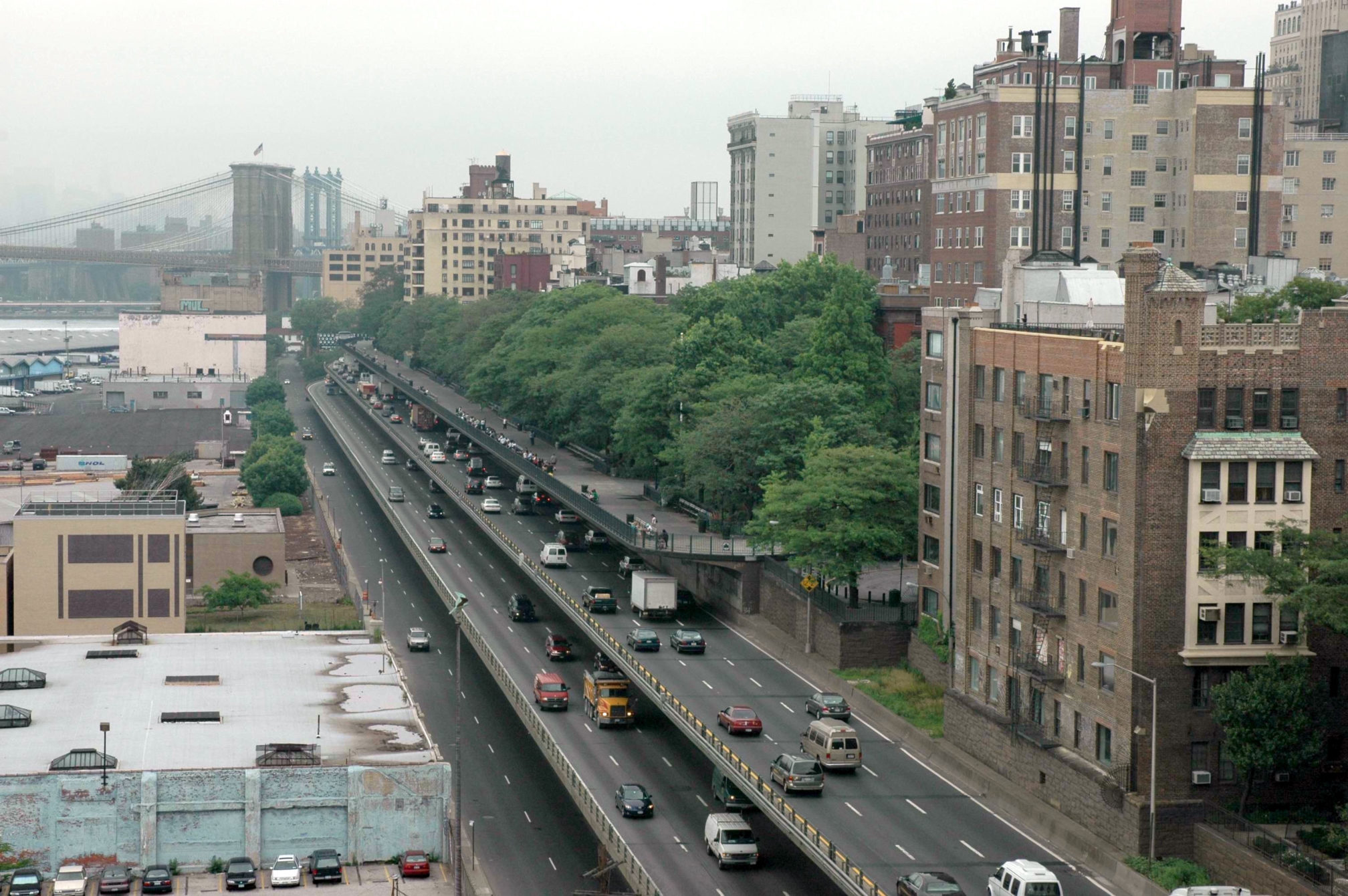The most controversial BQE rehab plan may be off the table

Brooklyn community organizations heard on Thursday that the mayor’s BQE panel has “very little chance” of approving two major BQE rehab proposals that involve building a temporary bypass.
These include the NYC Department of Transportation’s controversial preferred option, which would run a temporary highway along the Brooklyn Heights Promenade for six to 10 years during the $4 billion reconstruction project. This plan would destroy a protected view plane and pollute neighborhood air with toxic particulates for six to eight years, opponents said.
It also includes a plan put forward by the Brooklyn Heights Association, designed by Marc Wouters Studios, which would run a bypass over the edge of Brooklyn Bridge Park atop its sound attenuating berms.

Brooklyn Heights
View MoreRead the Brooklyn Height's Press and Cobble Hill News. Find out more about Brooklyn Height's History here.